You’ll preserve cultural heritage while developing specialized skills in materials science, soldering, and historical restoration techniques. Learning vintage treasure restoration connects you to traditional craftsmanship, enhances family heirlooms’ emotional value, and opens career opportunities with antique dealers and collectors. You’re maintaining irreplaceable cultural narratives for future generations while mastering precision work with precious metals and gemstones. This rewarding craft combines artistic appreciation with technical expertise, fostering community connections and professional growth in an increasingly valued field.
The Timeless Appeal of Vintage Jewelry Craftsmanship

When you examine a piece of vintage jewelry, you’re witnessing artistry that modern mass production rarely matches. Each vintage jewelry piece showcases intricate techniques like filigree and enameling, requiring specialized skills that artisans developed over years of dedicated practice.
You’ll discover that these treasures were crafted from high-quality precious metals and ethically sourced gemstones by skilled craftspeople who treated each creation as unique art.
The craftsmanship reflects the design trends and cultural influences of its era, offering you glimpses into fashion history and societal values.
Through restoration, you’re not just preserving beauty and functionality—you’re maintaining historical narratives for future generations. Learning restoration techniques deepens your appreciation for the artistry and materials spanning different periods.
Essential Skills and Techniques for Jewelry Restoration
Appreciating vintage craftsmanship naturally leads to acquiring the hands-on skills needed to preserve these masterpieces.
Professional restoration demands mastery of specialized techniques that honor each piece’s original character while ensuring lasting beauty.
Your jewelry restoration journey requires developing these core competencies:
- Material expertise – Understanding metals and gemstones prevents costly damage during repair work
- Soldering proficiency – Repairing breaks and reattaching components without compromising structural integrity
- Polishing mastery – Using specialized tools and compounds to restore luster while maintaining authenticity
- Historical knowledge – Ensuring modifications align with the piece’s era and original construction methods
- Precision mindset – Maintaining meticulous attention to detail, as minor flaws greatly impact aesthetic value
These skills transform you from admirer to craftsperson, capable of breathing new life into treasured heirlooms.
Building Your Foundation Through Proper Education and Training

You’ll need thorough knowledge in materials science, wood characteristics, and color theory to master vintage restoration techniques.
Hands-on workshops and apprenticeships with experienced craftspeople will teach you practical skills that textbooks can’t provide.
Professional development through formal courses, online resources, and continuous learning guarantees you’ll stay current with innovative restoration methods and industry best practices.
Essential Knowledge Areas
Before diving into your first restoration project, you’ll need to master several fundamental knowledge areas that form the backbone of successful antique restoration.
These core competencies will help you preserve the sentimental value of cherished pieces while applying appropriate restoration methods to antique furniture.
Essential knowledge areas include:
- Wood species identification – Understanding how different woods react to treatments and finishes guarantees you select compatible materials.
- Color theory mastery – Grasping stain undertones and color interactions helps achieve desired aesthetics without compromising authenticity.
- Material selection expertise – Knowing appropriate products prevents damage and guarantees long-lasting results.
- Historical assessment skills – Recognizing each piece’s unique history guides respectful restoration decisions.
- Continuous learning commitment – Staying updated through books, experts, and hands-on experience improves your techniques.
Hands-On Learning Methods
While theoretical knowledge provides the foundation, mastering antique restoration requires extensive hands-on learning that transforms abstract concepts into refined techniques.
You’ll gain practical experience through workshops and classes where experienced restorers guide your skill development. Seek out local restoration projects or internships for valuable mentorship opportunities that’ll help you understand different materials and techniques.
Supplement your formal education with online resources like video tutorials and forums, which offer diverse perspectives on common antique restoration challenges.
Practice on less valuable pieces first—these DIY projects serve as training grounds where you can experiment with cleaning methods without risking high-value items.
Continue learning from books and established experts to deepen your understanding of historical context, material properties, and restoration ethics.
Professional Development Pathways
Although hands-on experience forms the backbone of expertise, establishing formal educational credentials creates the professional foundation that distinguishes serious restorers from hobbyists.
Your antique restoration career benefits greatly from structured learning pathways that complement practical training. Professional development requires ongoing commitment to expand your knowledge base and refine techniques throughout your career journey.
Strategic approaches to advance your restoration expertise include:
- Enrolling in formal training programs that teach wood species identification and finishing techniques
- Securing apprenticeships with established restorers for invaluable mentorship and real-world insights
- Attending specialized seminars and workshops to learn evolving restoration methods
- Building color theory and design knowledge for informed stain and finish selections
- Networking with restoration communities online for continuous learning opportunities
Career Opportunities in Antique Jewelry Restoration
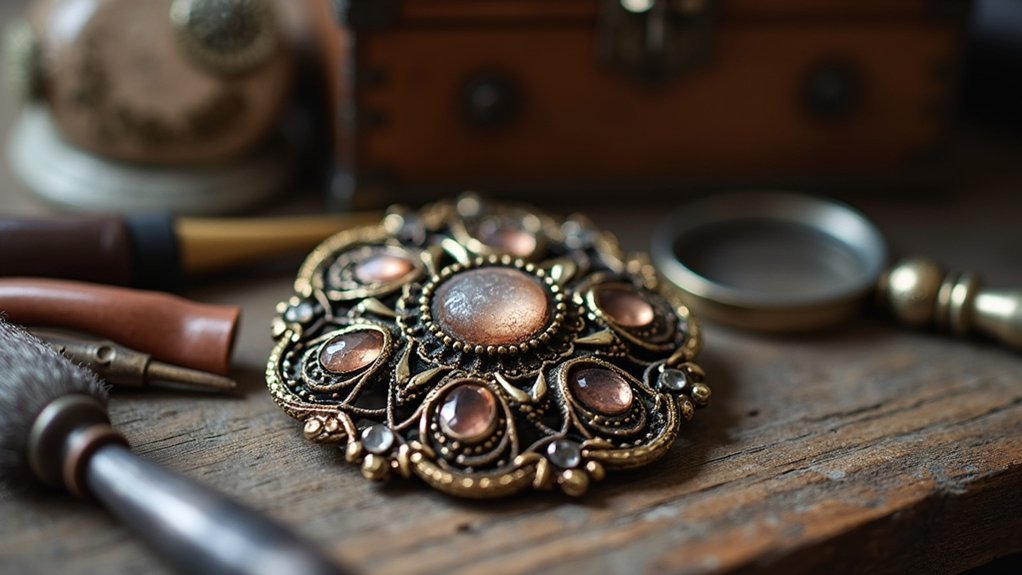
As you explore the world of antique jewelry restoration, you’ll discover a career path that seamlessly blends artistic talent with historical preservation. You’ll find increasing demand for your expertise as collectors seek professionals capable of reviving late 19th century heirlooms and other treasured pieces.
Your work involves answering questions about restoration feasibility while determining what type of antique requires specific techniques and materials.
Each restoration project demands careful assessment to match authentic period techniques with appropriate materials and preserve historical value.
You can establish an independent workshop or join established restoration firms. Success requires mastering precious metals, gemstones, and intricate repair methods that maintain each piece’s integrity.
Continuous education in gemology and metallurgy keeps you competitive as restoration methods evolve. Building relationships with antique dealers, appraisers, and collectors creates valuable networking opportunities that generate steady restoration projects and enhance your career prospects.
Preserving Cultural Heritage Through Expert Restoration
When you restore vintage treasures, you’re safeguarding historical significance through proven preservation methods that maintain each piece’s authentic story.
You’ll master professional conservation techniques that protect delicate materials while honoring original craftsmanship standards.
Your expertise becomes part of community knowledge transfer, ensuring these specialized restoration skills survive for future generations.
Historical Significance Preservation Methods
While vintage treasures captivate us with their beauty, their true value extends far beyond surface appeal—they’re living repositories of cultural heritage that require expert preservation methods.
When you restore vintage items, you’re safeguarding historical significance through specialized techniques that honor their original era. Understanding period-specific materials, construction methods, and artistic styles becomes essential for authentic preservation.
You’ll need to research the historical context surrounding each piece to maintain its cultural integrity.
Effective preservation methods include:
- Using reversible restoration techniques that don’t compromise original materials
- Researching era-appropriate construction methods and artistic styles
- Documenting the item’s provenance and historical background
- Employing period-accurate materials when replacement becomes necessary
- Maintaining detailed records of all restoration processes
These approaches guarantee you’re preserving not just objects, but the stories and cultural memories they represent.
Professional Conservation Techniques
Because professional conservation requires years of specialized training, you’ll find that certified conservators bring irreplaceable expertise to preserving your vintage treasures.
They’ll prioritize reversible methods that maintain historical integrity while allowing future treatments when necessary. Their specialized knowledge of materials and historical craftsmanship enables them to address specific issues without compromising your piece’s original character.
You’ll benefit from advanced techniques like humidity control, proper storage, and archival materials that prevent deterioration and damage.
Professional conservators collaborate with historians and curators, ensuring their work aligns with your item’s historical context and significance, enhancing its educational value.
Through continuous education in materials science and preservation practices, these professionals stay current with conservation advancements, preserving cultural heritage more effectively than amateur restoration attempts.
Community Knowledge Transfer
As expert restorers share their knowledge within communities, you’ll discover that vintage treasures become powerful vessels for preserving cultural heritage and strengthening local connections.
When you participate in restoration workshops and seek guidance from local experts, you’re not just learning techniques—you’re becoming part of a knowledge transfer system that maintains traditional skills and historical understanding.
Here’s how community knowledge transfer impacts restoration:
- Learn specialized restoration methods directly from experienced craftspeople
- Understand the historical context and cultural significance of antique pieces
- Connect with neighbors who share similar interests in preserving heritage
- Contribute to maintaining your community’s collective memory and identity
- Share stories and emotional connections tied to restored family heirlooms
Getting Started: Tools, Workspace, and First Projects
Though vintage restoration might seem challenging at first, you’ll find success by building a solid foundation with the right tools and approach.
Start by gathering essential tools like screwdrivers, pliers, a utility knife, clamps, and sandpaper. These fundamentals will handle most restoration tasks you’ll encounter.
Essential tools like screwdrivers, pliers, clamps, and sandpaper form the foundation for most vintage restoration projects you’ll tackle.
Create a dedicated workspace that’s clean, well-lit, and organized. This minimizes damage risks while keeping tools and materials easily accessible.
Begin with small, manageable projects like picture frames or simple wooden items to build your skills and confidence before tackling complex pieces.
Research online tutorials and forums for guidance from experienced restorers. They’ll provide valuable techniques and tips for your first projects.
Invest in quality materials such as wood glue, varnish, or wax, as the right products greatly affect your restoration outcomes.
Frequently Asked Questions
Should You Restore Antiques?
You should restore antiques if they hold sentimental value and you’re preserving family heritage. However, consult professional conservators for high-value pieces to maintain authenticity and market worth.
What Is the 100 Year Rule for Antiques?
The 100-year rule states that you’ll classify items as antiques only when they’re at least 100 years old. You’ll distinguish true antiques from vintage pieces, which you’d consider items aged 20-99 years old.
What Do You Call Someone Who Restores Antiques?
You’d call someone who restores antiques an antique restorer or conservator. They’re skilled professionals who specialize in preserving and repairing vintage items, requiring expertise in materials, techniques, and historical craftsmanship methods.
What Is the Meaning of Vintage Treasures?
You’ll find vintage treasures are items that’re 20-100 years old, showcasing unique craftsmanship and design from past eras. They’re furniture, clothing, jewelry, and collectibles that carry historical significance and sentimental value.
In Summary
You’ll discover that restoring vintage jewelry isn’t just a craft—it’s your gateway to preserving history while building a rewarding career. You’re not only mastering essential skills and techniques, but you’re also becoming a guardian of cultural heritage. Start with basic tools and simple projects, then watch as you develop expertise that’s increasingly valued in today’s market. Your journey into vintage restoration begins with that first treasured piece.

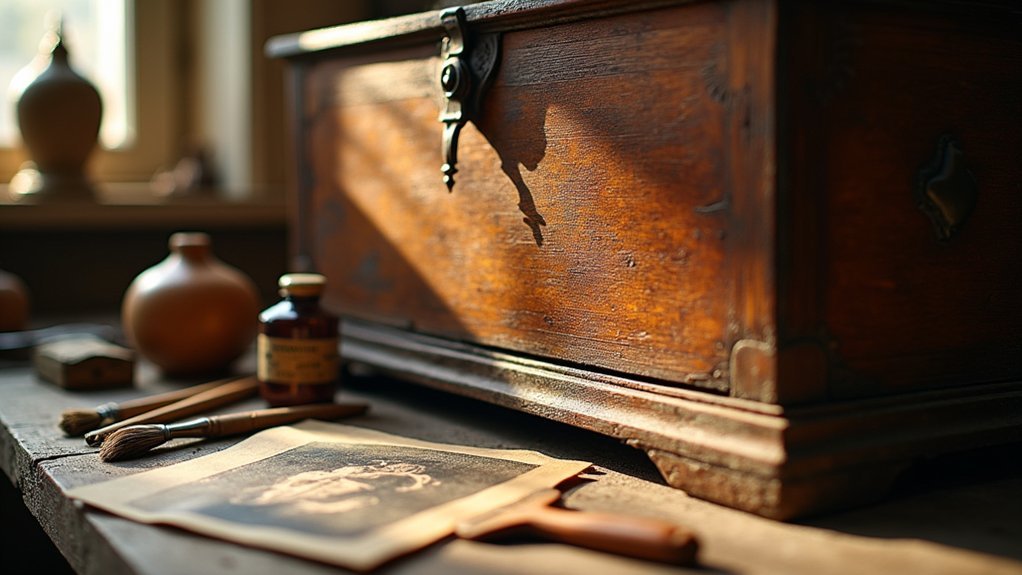
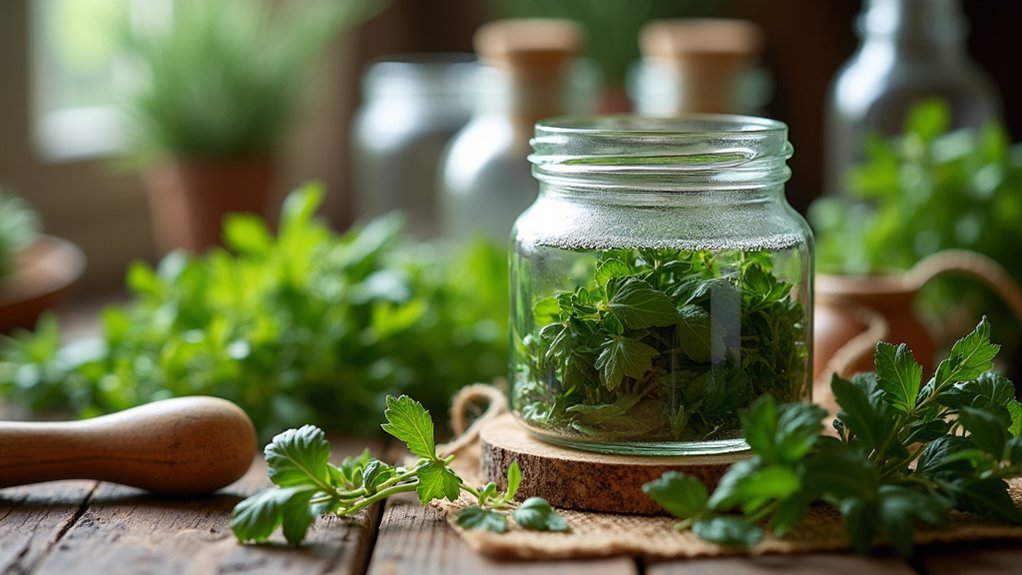
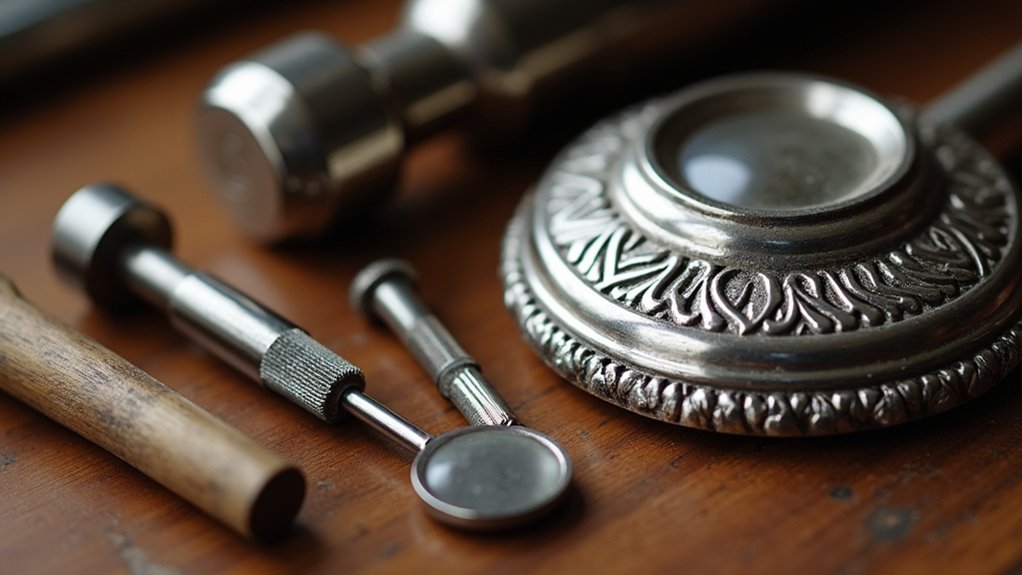
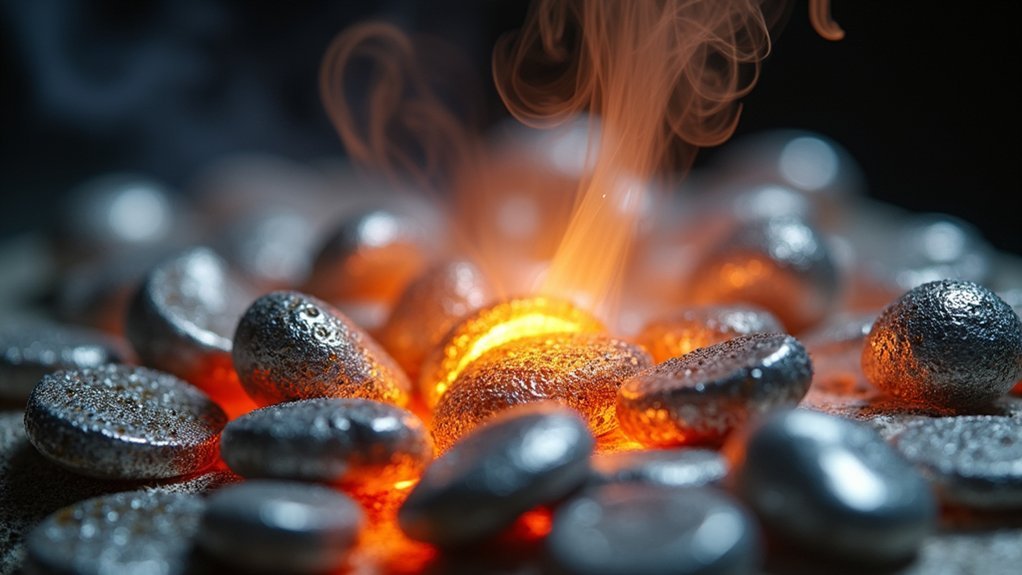
Leave a Reply